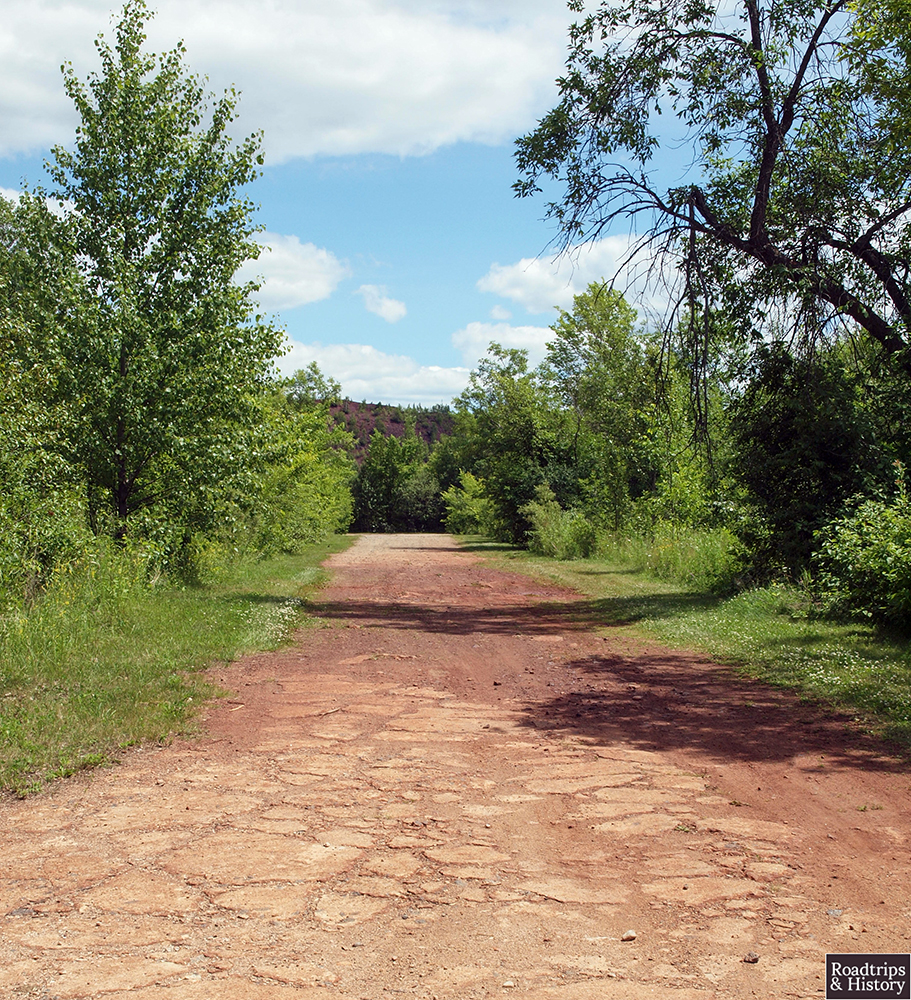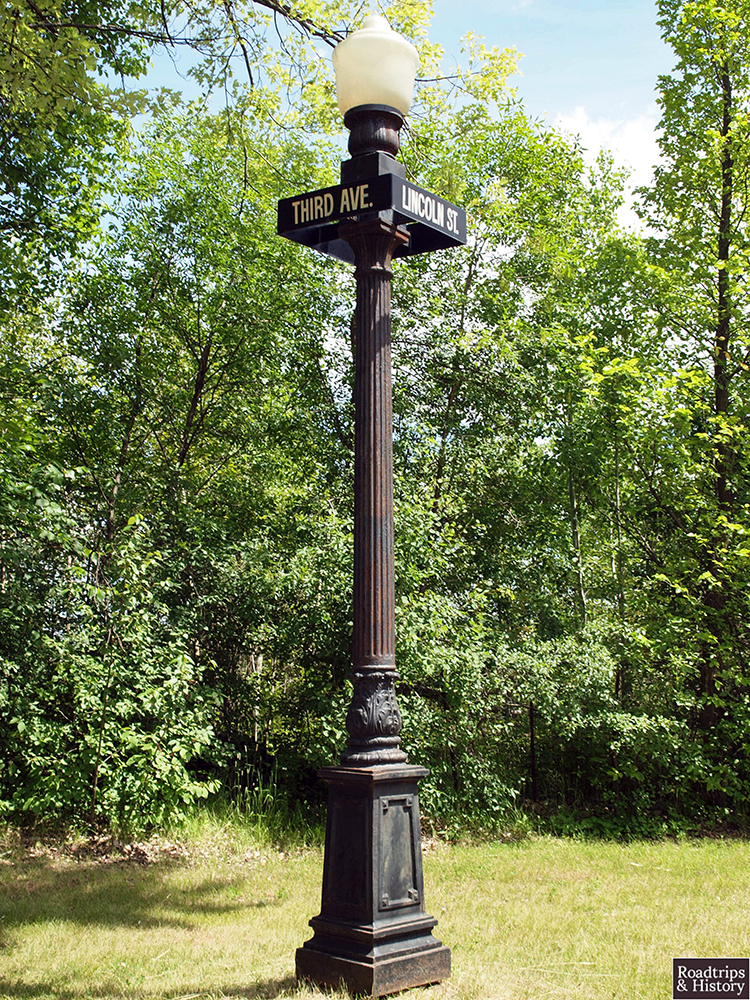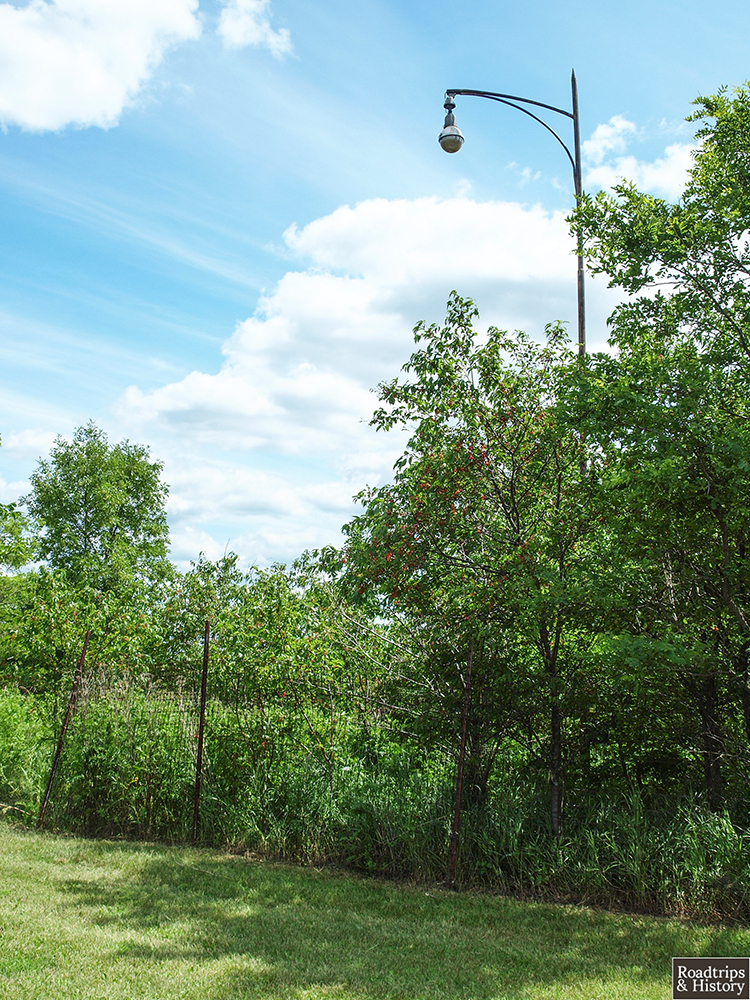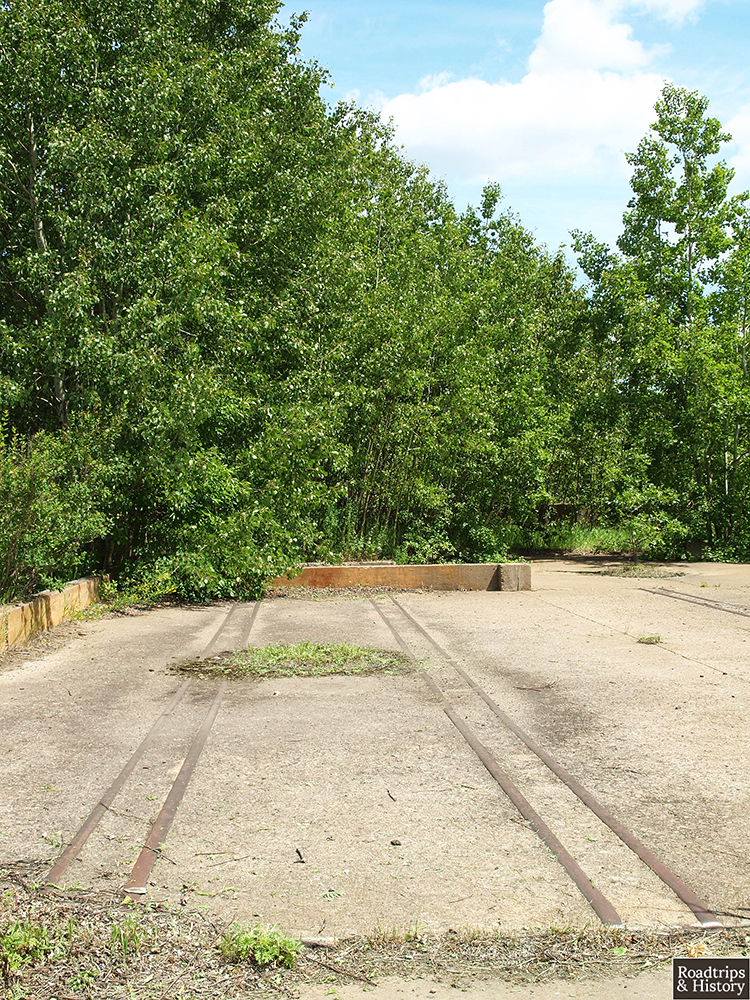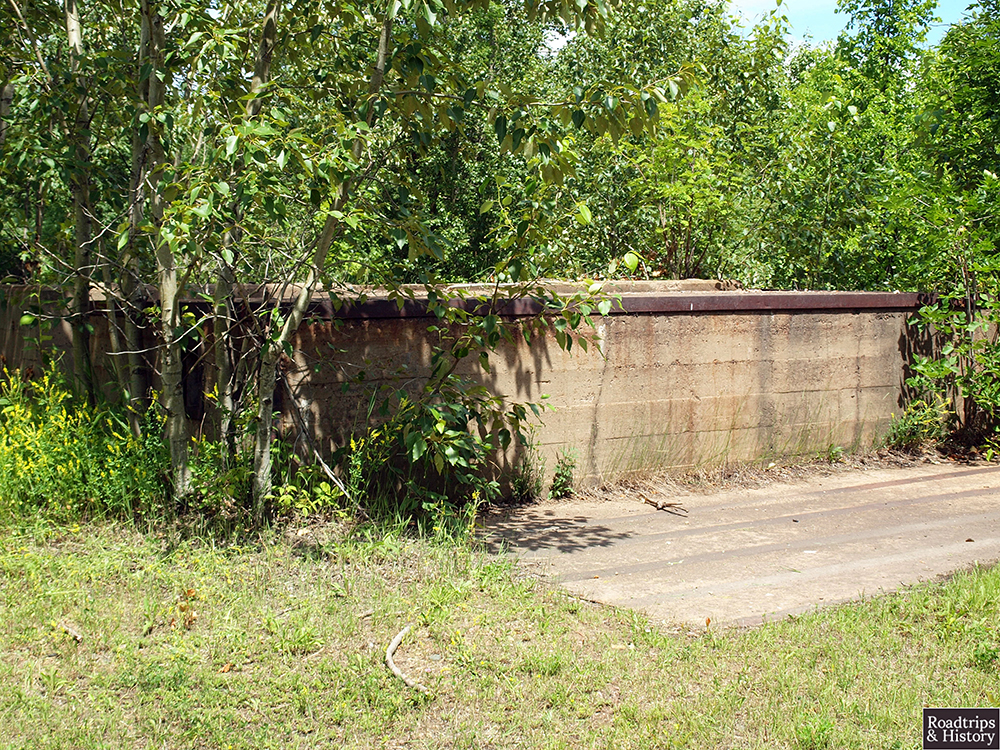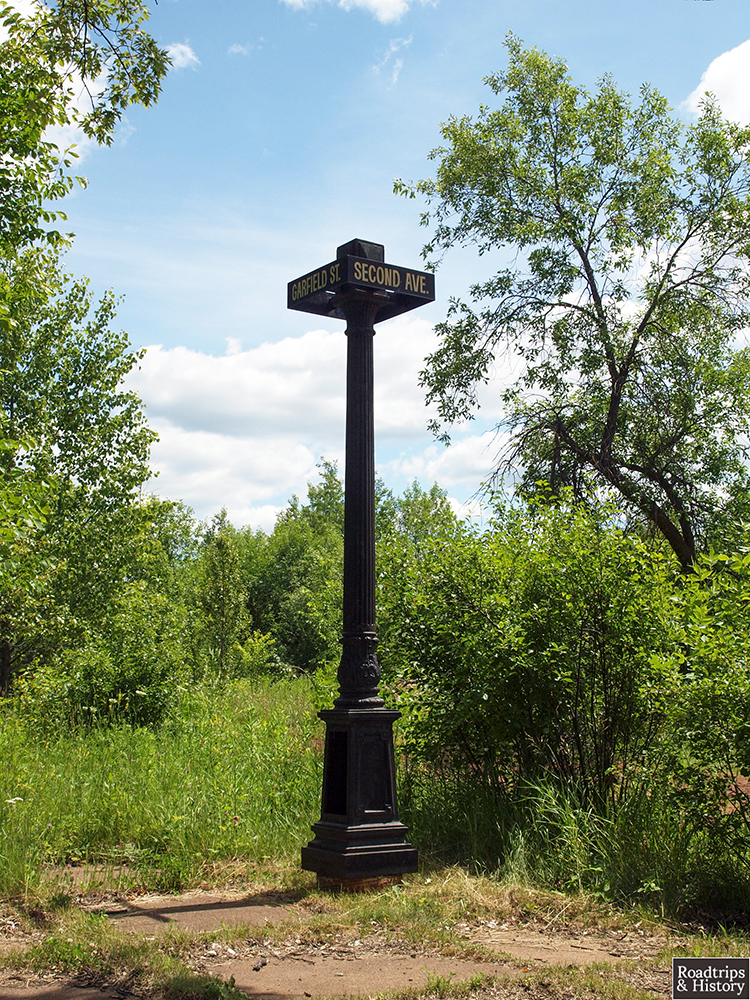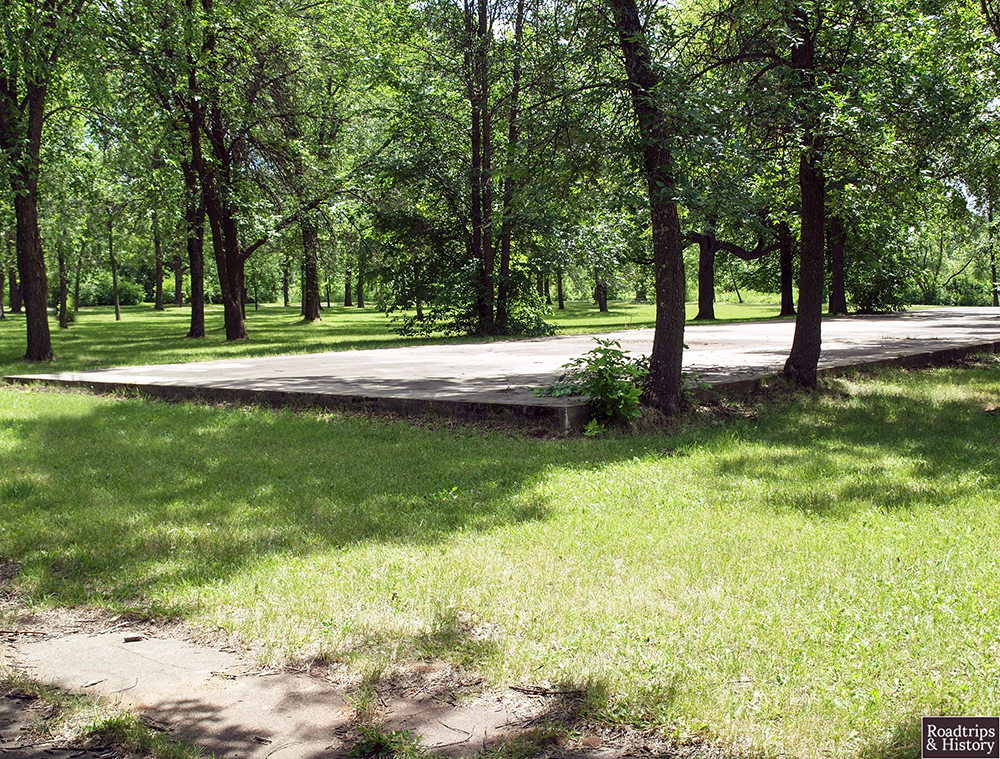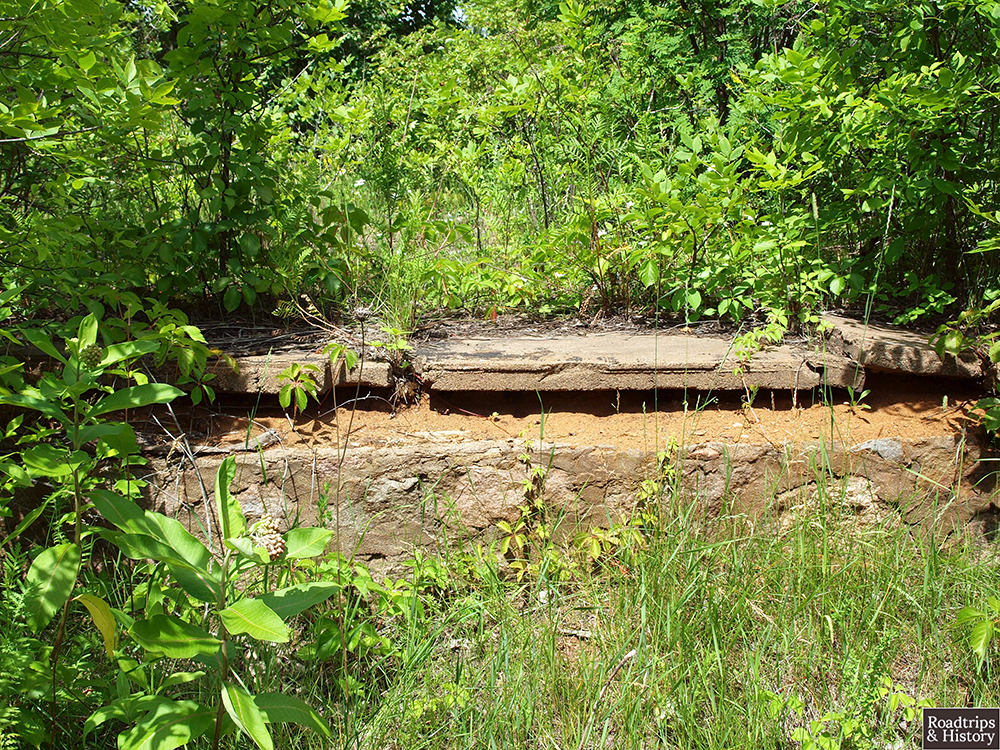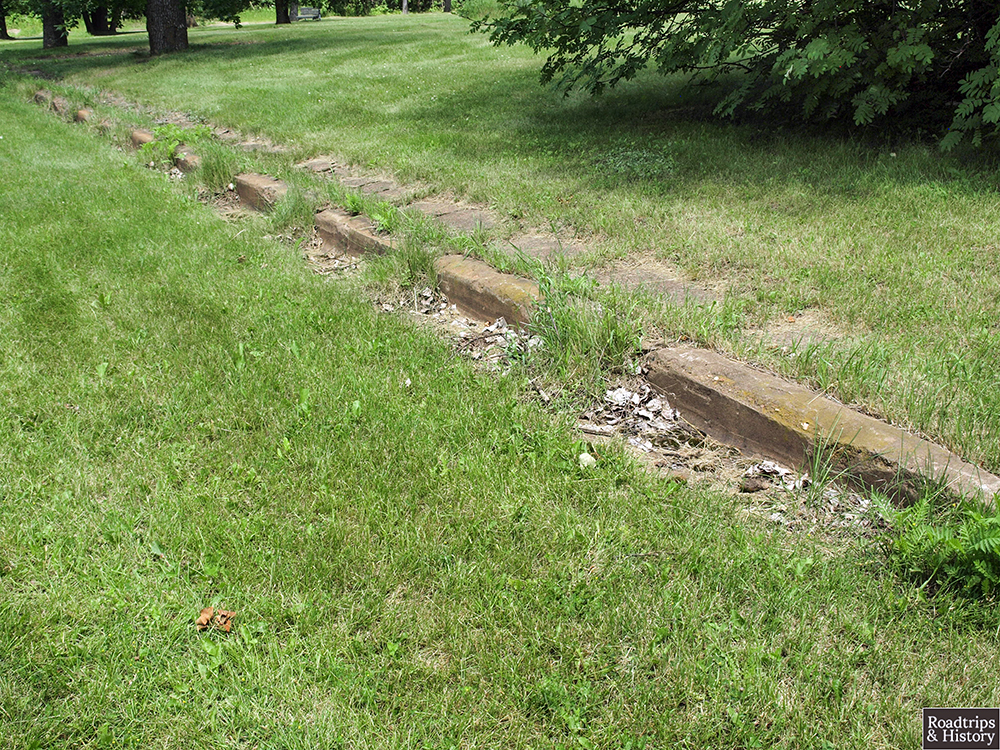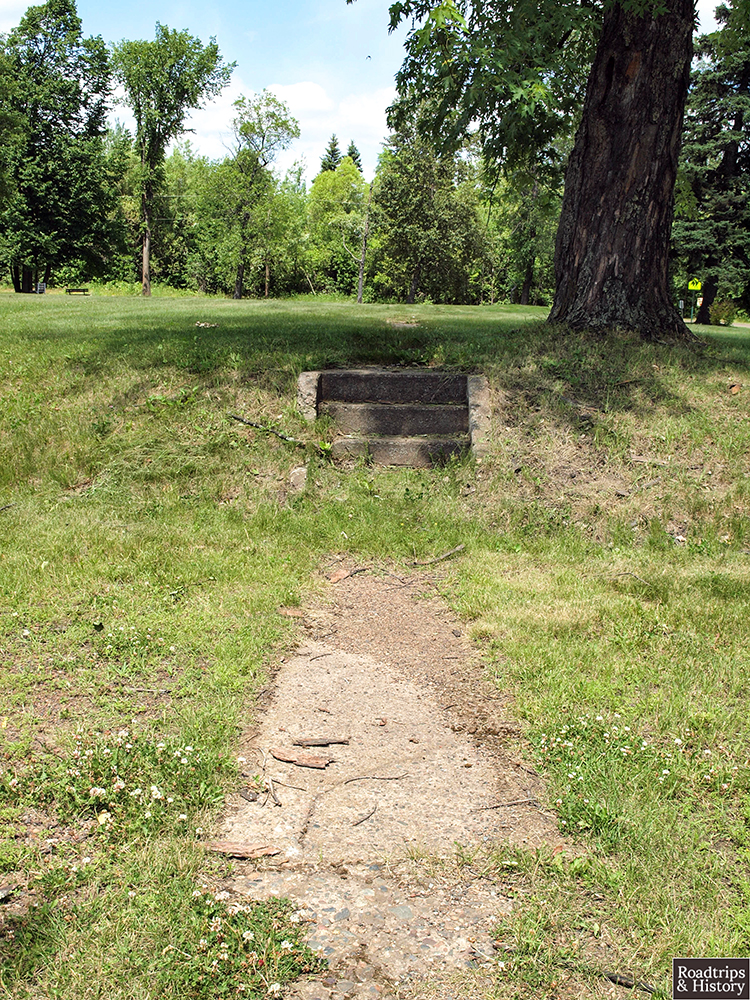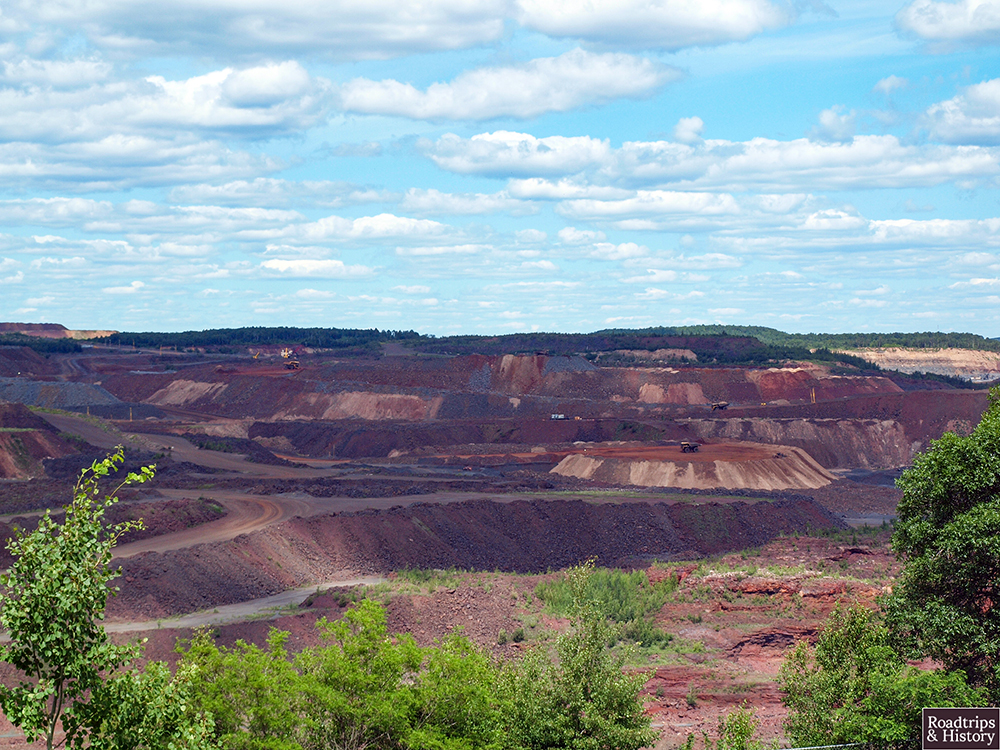Imagine that you’re a recent immigrant to northern Minnesota just after the turn of the 20th century. You have a decent job at a mine and can walk home for lunch. You have a house, a family, and a tight-knit community of other immigrants. The work was hard, but at least you weren’t working underground. After a few years here, you’ve settled into a routine. You’re comfortable.
One day at work, you hear that the Oliver Mining Company believes that the richest deposits of iron are to the south of the main mining operation. After a moment, you realize that they are talking about the area under your home, your kid’s school, and the neighborhood you’ve called home for over a decade.
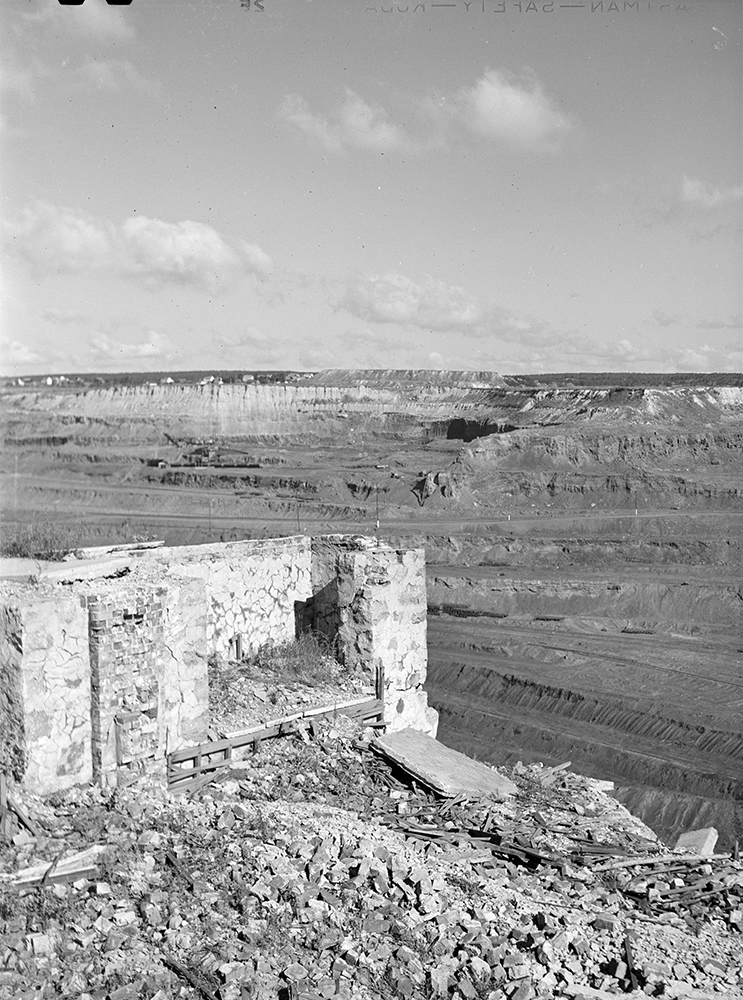
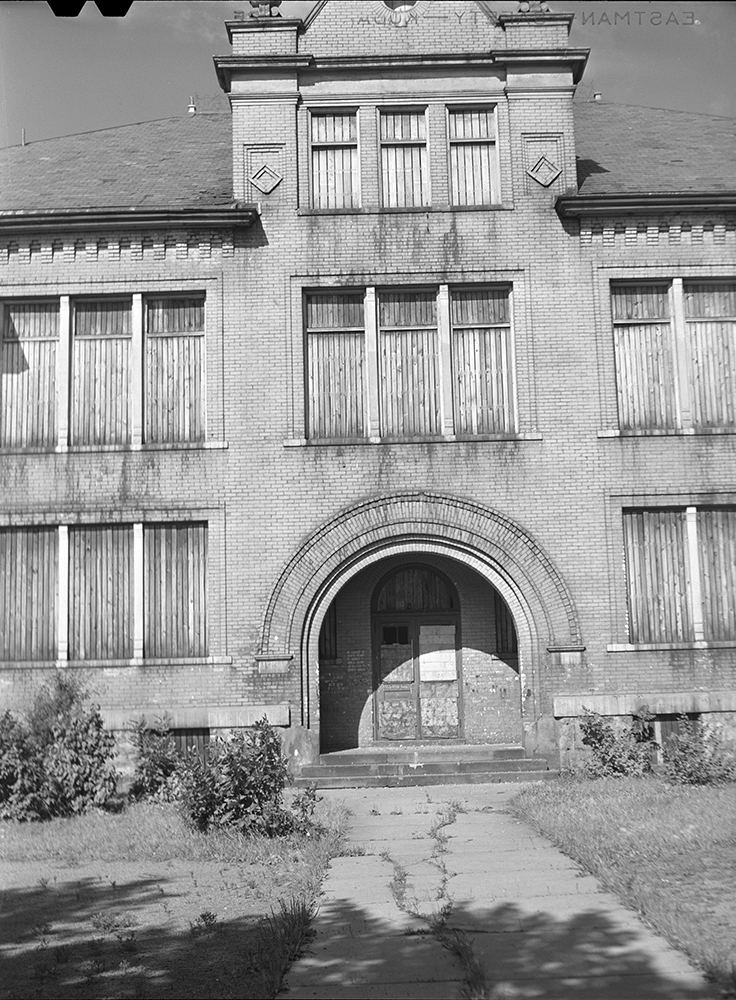
If only someone would have listened to Frank Hibbing back in 1893. Hibbing was the founder of the town who recognized the rich deposits of iron in the area. He was sure the richest deposits were located beneath the site where the town was being built. He went on to point out that expansion of the mine would happen sooner rather than later. His suggestion to build the town’s business and residential districts further south fell on deaf ears.
Soon, Hibbing was nearly surrounded by the open-pit mine. So in 1919, Oliver Mining Company began moving the town of Hibbing two miles to the south. Right in the area where Frank Hibbing had suggested it be built originally.
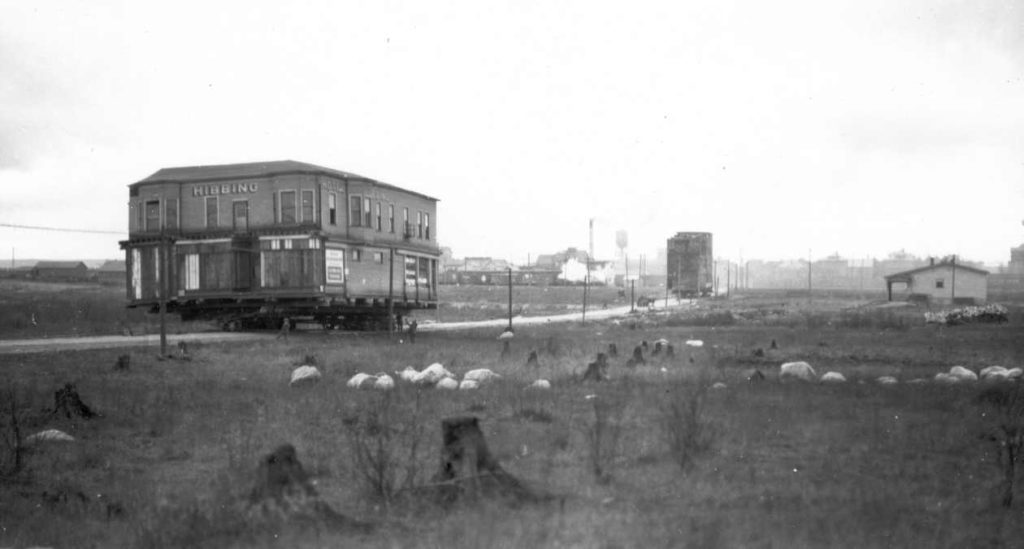
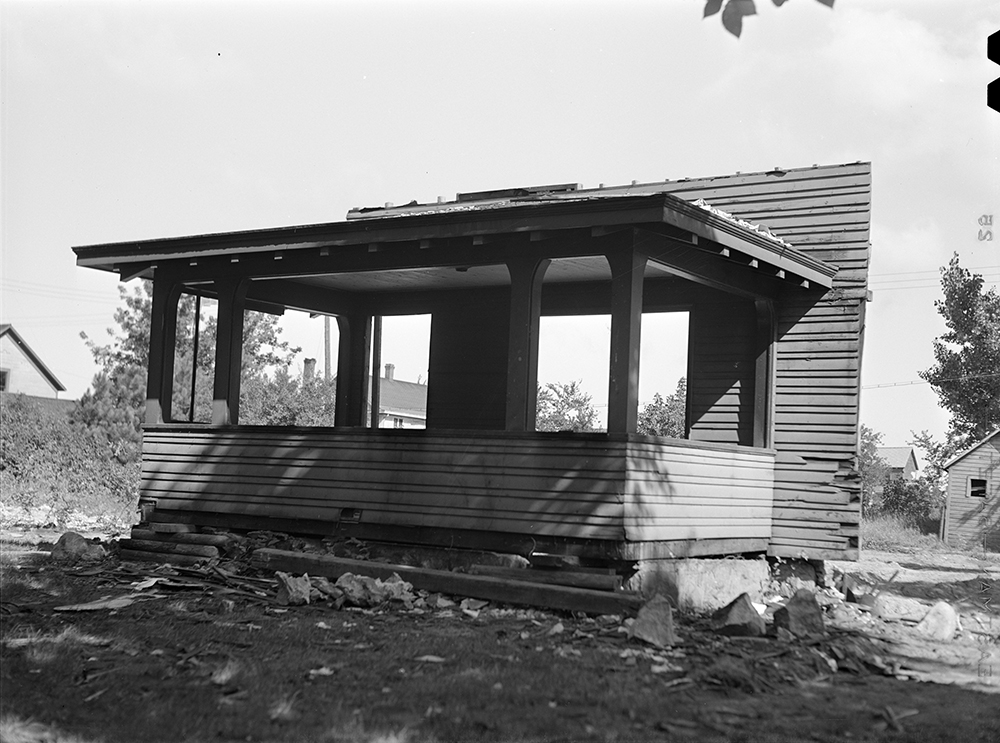
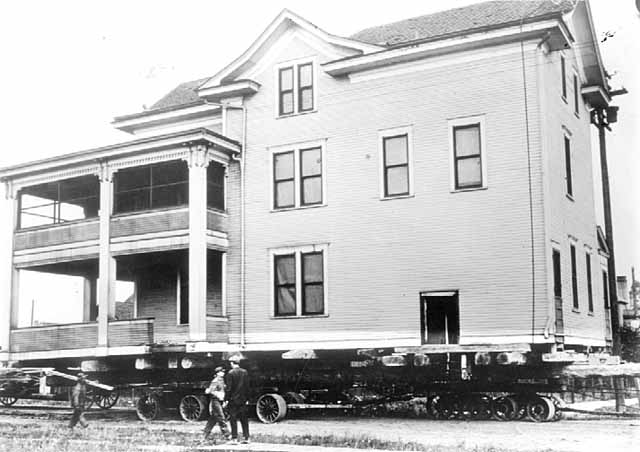
Houses were moved along with the school, town hall, hotel, and other buildings that made up the booming town of 20,000 people. Nearly 200 buildings were raised from their foundations. Each one was placed on top of logs, secured with steel cables, and slowly rolled to their new location under the power of horses, tractors, and steam crawlers. The move took two years to complete. The Sellers Hotel was the only building that crumbled mid-trip. Residents gathered wood from the heaping pile of the destroyed hotel to heat their new homes.
As an incentive to the town, Oliver Mining Company financed the construction of a new high school, hospital, hotel, and village hall. They also agreed to install sewage and electric lines in the new part of town. But that didn’t appease all Hibbing residents. In 1919, a group of 150 residents filed an injunction against the city to stop the move. It was obviously unsuccessful, proving yet again that you can’t fight City Hall.
On October 1, 1921, a grand opening of the new business district was held. A few homes and businesses remained in old Hibbing for another decade. Oliver Mining eventually purchased them for pennies on the dollar and swiftly demolished them. Today, you can still find a few blocks of foundations, streetlamps, and sidewalks along crumbling streets. But the area is far from deserted. A dog park, small campground, disc golf course, and a field for remote control airplanes now occupy the space.
